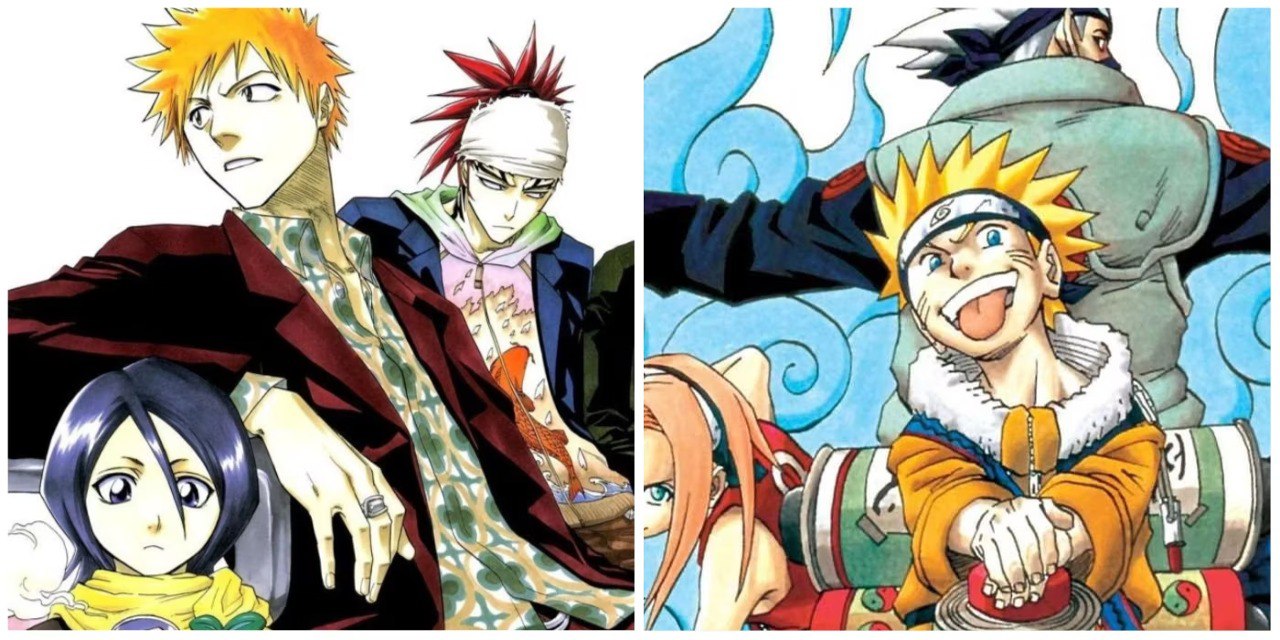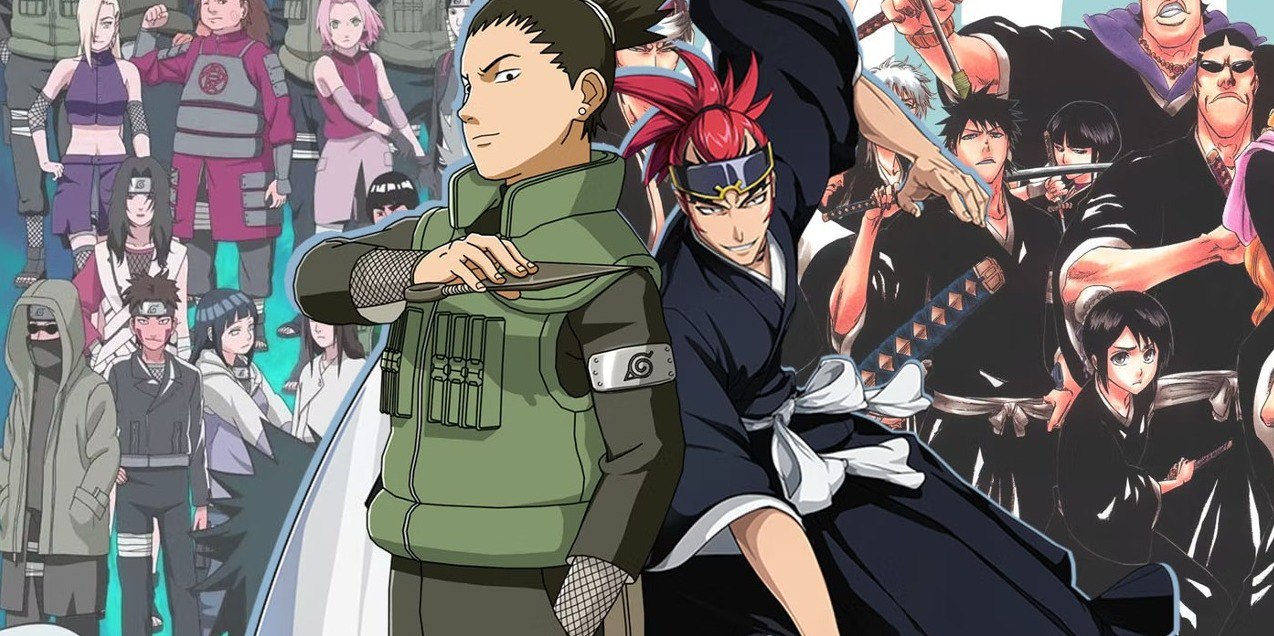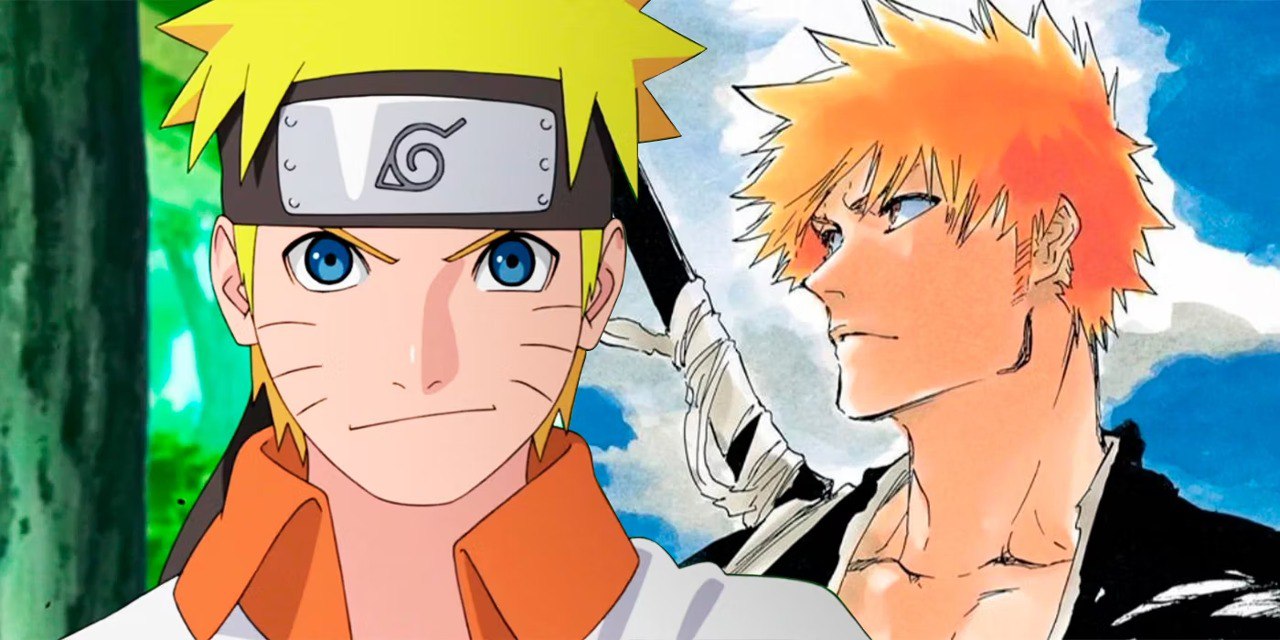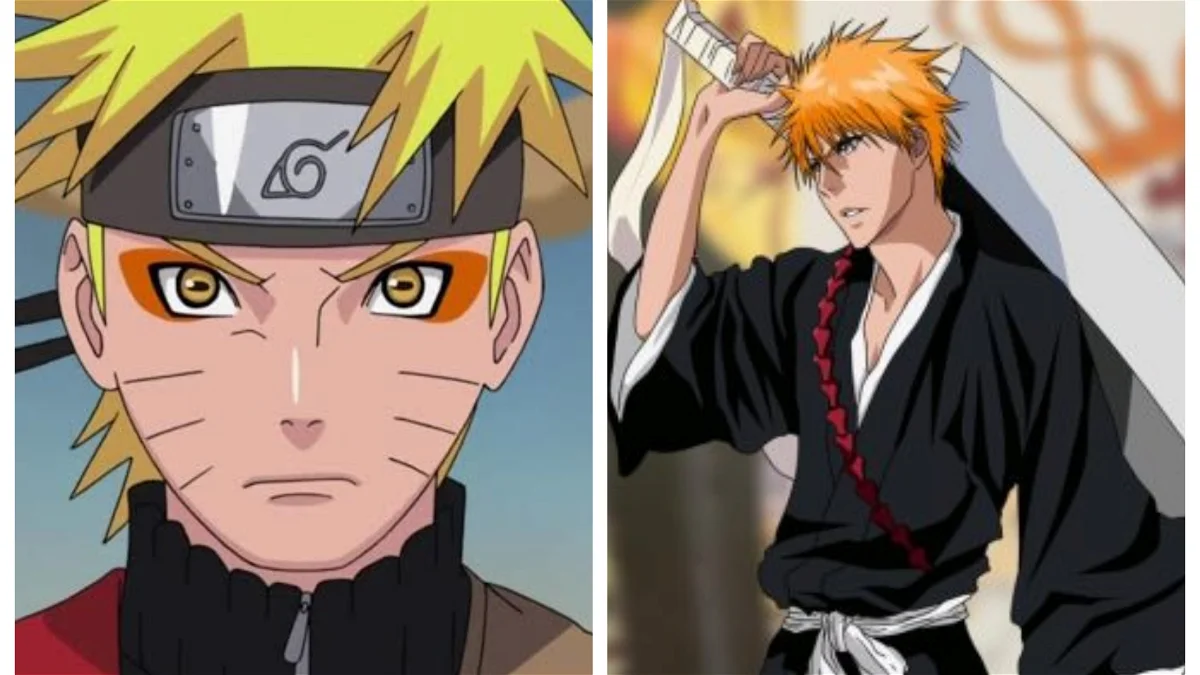Naruto and Bleach stand as titans in the realm of anime, each boasting massive fanbases and captivating storylines. However, beneath the surface, these two series diverge in numerous aspects, from their thematic elements to character development and storytelling techniques. In this comprehensive comparison, we delve into the distinct features that set Naruto and Bleach apart, unraveling the essence of each and offering insight into why they have left an indelible mark on the anime landscape.
Origin and Concept:

Naruto: Created by Masashi Kishimoto, Naruto debuted in 1999 as a manga before being adapted into an anime series in 2002. Set in a fictional ninja world, the story follows Naruto Uzumaki, a young ninja with dreams of becoming the strongest ninja and leader of his village, the Hokage.
Bleach: Conceived by Tite Kubo, Bleach began serialization in 2001 and premiered as an anime in 2004. The narrative revolves around Ichigo Kurosaki, a teenager with the ability to see ghosts, who inadvertently acquires the powers of a Soul Reaper—a death personification similar to the Grim Reaper.
Themes and Motifs:

Naruto: Central themes in Naruto include friendship, perseverance, and the pursuit of one’s dreams despite adversities. The series explores complex themes such as the nature of power, the cycle of hatred, and the quest for redemption.
Bleach: Bleach delves into themes of death, the afterlife, and the duties of the Soul Society, a spirit realm where departed souls reside. Additionally, it examines concepts like the consequences of wielding power, the meaning of sacrifice, and the blurred lines between good and evil.
Characters and Development:

Naruto: Character development is a cornerstone of Naruto, with a diverse cast evolving significantly throughout the series. Naruto Uzumaki undergoes tremendous growth from an impulsive, attention-seeking orphan to a mature and respected leader. Other characters, such as Sasuke Uchiha and Sakura Haruno, also experience profound transformations driven by their personal struggles and ambitions.
Bleach: Similarly, Bleach features a rich tapestry of characters, each with distinct personalities and backstories. Ichigo Kurosaki’s journey is marked by his evolution from a reluctant hero to a steadfast protector of both the living and the dead. Supporting characters like Rukia Kuchiki and Renji Abarai undergo their own arcs, grappling with past traumas and fulfilling their destinies.
Narrative Structure:

Naruto: The narrative structure of Naruto is characterized by its extensive world-building and overarching story arcs. From the Chunin Exams to the Fourth Great Ninja War, the series weaves together intricate plotlines that gradually unveil the mysteries of the ninja world and the characters’ destinies.
Bleach: In contrast, Bleach follows a more episodic format, interspersed with longer story arcs that delve into the lore of the Soul Society and the conflicts within it. While the series features overarching narratives like the battle against the Hollows and the war with the Quincy, it also explores standalone adventures and character-focused arcs.
Art Style and Animation:

Naruto: Masashi Kishimoto’s art style in Naruto is characterized by bold lines, dynamic action sequences, and expressive character designs. Studio Pierrot’s animation adaptation remains faithful to Kishimoto’s aesthetic, delivering fluid combat scenes and vibrant visuals that capture the essence of the manga.
Bleach: Tite Kubo’s distinctive art style in Bleach features intricate character designs, elaborate costumes, and detailed backgrounds. Studio Pierrot’s animation of Bleach showcases fluid movements and intense battles, complementing Kubo’s artwork with atmospheric visuals and impactful cinematography.
Legacy and Impact:

Naruto: Over its two-decade span, Naruto has left an enduring legacy on both the anime industry and popular culture. It has spawned spin-off manga, novels, movies, video games, and a sequel series, Boruto: Naruto Next Generations, ensuring its continued relevance and influence.
Bleach: While Bleach concluded its manga run in 2016, its impact on the anime community persists. The series has inspired a multitude of merchandise, video games, and spin-off media, maintaining its status as a beloved classic among fans worldwide.
Conclusion:
Naruto and Bleach, despite sharing the shonen genre and originating from the same era, offer distinct experiences to their audiences. While Naruto delves into the intricacies of ninja warfare and the bonds of friendship, Bleach explores the supernatural realm of soul reapers and the balance between life and death. Through their compelling narratives, memorable characters, and enduring legacies, both series have left an indelible mark on the landscape of anime, captivating audiences with their unique blend of action, drama, and adventure. Whether one’s allegiance lies with the Hidden Leaf Village or the Soul Society, there’s no denying the profound impact that Naruto and Bleach have had on the world of anime and beyond. Above is some information you can know about anime. Click here for more information and our products!
